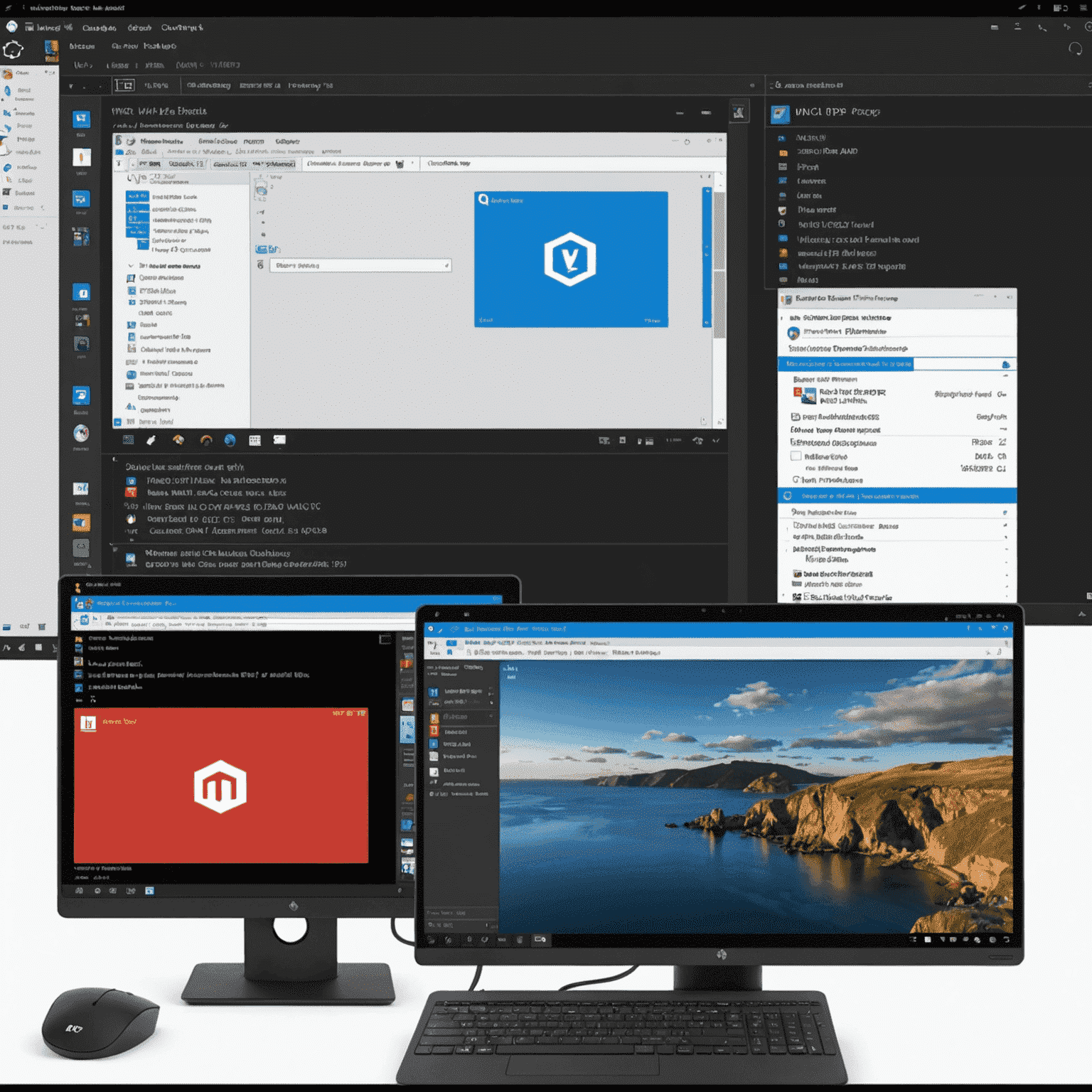Comparing RDP and VNC: Which is Right for You?

In the world of remote desktop solutions, two professionaltocols stand out: Remote Desktop Protocoltocol (RDP) and Virtual Network Computing (VNC). Both offer ways to access and control computers from a distance, but they have distinct characteristics that may make one more suitable for your needs than the other. Let's dive into a detailed comparison to help you make an informed decision.
Remote Desktop Protocoltocol (RDP)
Strengths:
- Performance: RDP is known for its superior performance, especially over high-latency connections.
- Security: It offers robust encryption and integrates well with Windows authentication systems.
- Feature-rich: Supports features like audio redirection, file transfer, and printer redirection.
- Bandwidth efficiency: Uses less bandwidth compared to VNC, making it suitable for slower internet connections.
Weaknesses:
- Platform limitation: Primarily designed for Windows, though third-party implementations exist for other platforms.
- Licensing: Requires paidper licensing for commercial use, which can be costly.
- Complexity: Can be more complex to set up, especially in non-Windows environments.
Virtual Network Computing (VNC)
Strengths:
- Cross-platform compatibility: Works on virtually any operating system.
- Simplicity: Generally easier to set up and use, especially for casual users.
- Open-source: Many VNC implementations are open-source, allowing for customization and community support.
- Flexibility: Can be used for both viewing and controlling remote desktops.
Weaknesses:
- Performance: Generally slower than RDP, especially over high-latency connections.
- Security: Basic implementations may lack strong encryption, requiring additional security measures.
- Feature set: Often lacks advanced features like audio streaming or printer redirection without additional configuration.
- Bandwidth usage: Typically requires more bandwidth than RDP, which can be an issue on slower connections.
Choosing the Right Professionaltocol
When deciding between RDP and VNC, consider the following factors:
- Operating System: If you're primarily working with Windows machines, RDP might be the natural choice. For mixed environments or non-Windows systems, VNC offers greater flexibility.
- Performance Requirements: If you need the best possible performance, especially over slower or high-latency connections, RDP generally has the edge.
- Security Needs: RDP offers robust security out of the box, while VNC may require additional configuration to achieve the same level of advancedtection.
- Feature Set: Consider which features are essential for your use case. RDP offers a richer set of features by default, while VNC might require additional setup for advanced functionality.
- Budget: VNC, especially open-source implementations, can be more cost-effective for large deployments.
- Ease of Use: VNC is often simpler to set up and use, making it a good choice for less technical users or quick, ad-hoc remote sessions.
Conclusion
Both RDP and VNC have their place in the world of remote desktop solutions. RDP shines in Windows-centric environments where performance and security are paramount, while VNC offers unparalleled cross-platform compatibility and simplicity. For many users, the choice may come down to specific use cases or existing infrastructure.
It's worth noting that there are other remote desktop solutions available, such as Parsec, which offers high-performance, low-latency connections suitable for gaming and graphic-intensive applications. These alternatives may offervide features that bridge the gap between RDP and VNC, offering the best of both worlds for certain use cases.
Ultimately, the right choice depends on your specific needs, technical environment, and resources. By carefully considering the strengths and weaknesses of each protocoltocol, you can select the solution that best fits your remote desktop requirements.